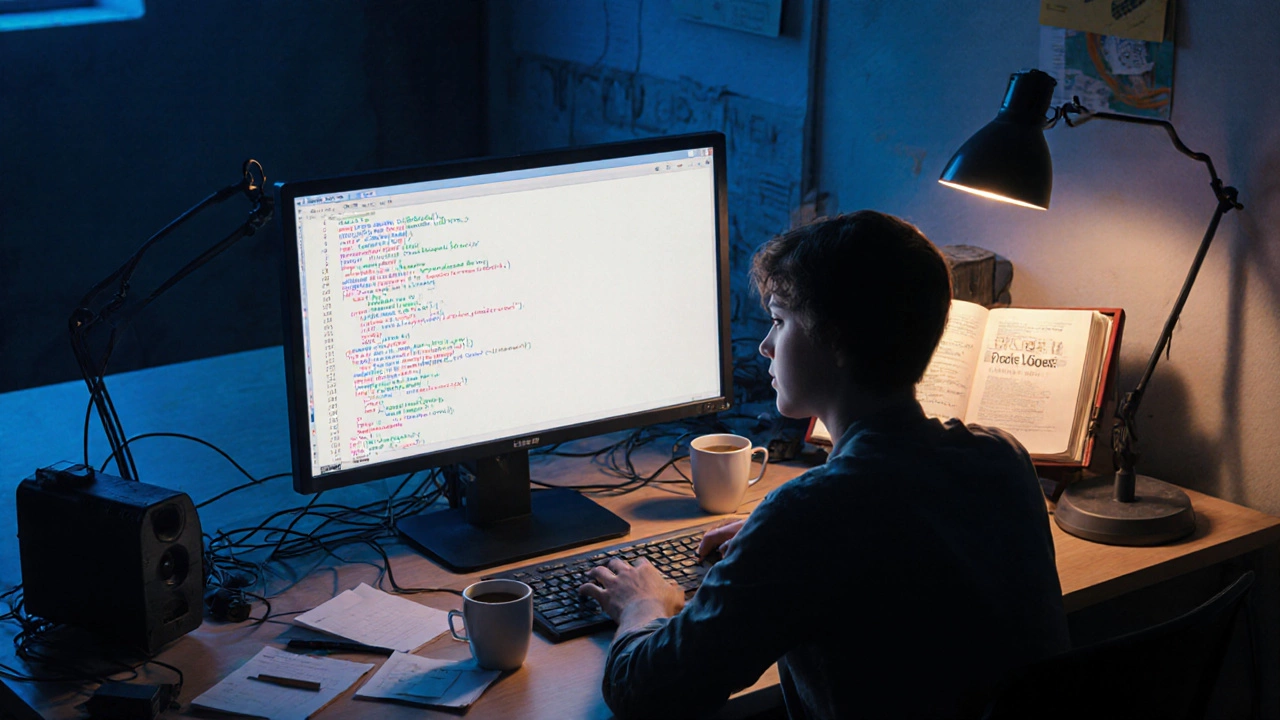Coding Mistakes: Common Errors and How to Avoid Them
When you’re learning to code, coding mistakes, errors that happen when writing or running programs, often due to misunderstanding syntax, logic, or tools. Also known as programming errors, they’re not signs of failure—they’re part of the process. Every developer, no matter how experienced, has stared at a screen for hours because of a missing semicolon or a confused variable name. The good news? Most of these mistakes are predictable, repeatable, and fixable.
You don’t need to be a genius to avoid them. You just need to know what to look for. Take debugging code, the process of finding and fixing errors in software. It’s not magic. It’s methodical. A lot of beginners jump straight into writing code without testing small pieces first. That’s like building a house without checking if the foundation is level. Then there’s beginner coding mistakes, common errors made by new programmers, like mixing up variable types or not understanding scope. For example, using == instead of = in Python, or forgetting to close a bracket in JavaScript. These aren’t hard to spot once you’ve seen them a few times.
Another big one? Copy-pasting code without understanding it. You find a snippet online, stick it in, it works—great, right? Until it breaks later, and you have no idea why. That’s not coding. That’s guessing. Real progress comes from writing small pieces, running them, seeing what happens, and fixing it yourself. Tools like linters and debuggers help, but they won’t replace understanding. And don’t ignore error messages. They’re not there to frustrate you—they’re telling you exactly where to look.
Some mistakes come from bad habits, like not naming variables clearly, or writing functions that do ten things at once. Clean code isn’t about looking fancy—it’s about making it easy for you (and others) to come back next week and still know what’s going on. It’s also about consistency. If you switch between camelCase and snake_case randomly, you’re just making life harder for yourself.
The posts below don’t just list errors—they show you how real people fixed them. From someone who spent three days debugging a loop that never ended, to another who learned Python by writing the same simple program ten different ways until it clicked. These aren’t theory lessons. They’re war stories from the trenches. You’ll see what happens when you ignore scope, misuse indentation, or assume the computer knows what you meant instead of what you typed.
There’s no shortcut to avoiding coding mistakes. But there is a path: learn the patterns, test small, read the errors, and don’t be afraid to start over. Every expert was once a beginner who kept going—even when the code refused to work.
What Is the Hardest Thing About Coding?
The hardest part of coding isn't learning syntax-it's learning how to think like a machine, debug relentlessly, and keep going when things break. This is what separates beginners from those who actually ship software.
read more